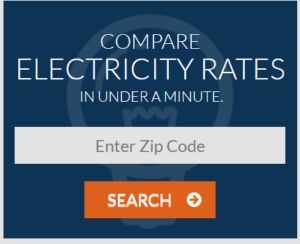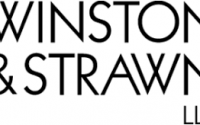Electricity Tariffs Definition
The quantity of cash frame by the supplier for the availability of voltage to numerous varieties of consumers in called an electricity tariff. In other words, the tariff is the method of charging a consumer for consuming wattage. The tariff covers the overall cost of manufacturing and supplying electric energy plus an affordable cost. You have the Power to Choose your own electricity plan.
The consumption of electricity is based on the actual tariff that the customer needs to pay. the patron bill varies in step with their requirements. the economic consumers pay more tariffs because they use more power for longer times than domestic consumers. The electricity tariffs depend on the subsequent factors Type of load Time at which load is required. The power factor of the load. The amount of energy used. The total bill of the patron has three parts, namely, charge D, semi-fixed charge Ax, and running charge By. where, C – total charge for a period (say one month) x – maximum demand during the amount (kW or kVA) y – Total energy consumed during the period (kW or kVA) A – cost per kW or kVa of maximum demand. B – cost per kWh of energy consumed. D – charge during each billing period. This is called a three-part electricity tariff, and it’s mainly applied to large consumers.

Factors Affecting the Electricity Tariffs The following factors are taken into accounts to determine the electricity tariff: Types of Load – The load is principally classified into three types, i.e., domestic, commercial, or industrial. commercial consumers use more energy for an extended time than domestic consumers, and hence the tariff for commercial consumers is over the domestic consumers. The tariff of electrical energy varies in line with their requirement. Maximum demand – the price of the voltage supplied by a generating station depends on the installed capacity of the plant and kWh generated.
The maximum capacity as increased the installed capacity. The time at which load is required – The time at which the utmost load required is additionally essential for the electricity tariff. If the utmost demand coincides with the most demand of the buyer, then the extra plant is required. And if the most demand of the consumers occurs during off-peak hours, the ratio is improved, and no extra plant capacity is required. Thus, the general cost per kWh generated is reduced. The power factor of the load – the facility factor plays a significant role within the plant economics. The low power factor increases the load current which increases the losses within the system. Thus, the regulation becomes poor. For improving the facility factor, the ability factor correction equipment is installed at the generating station. Thus, the value of generation increases. The amount of energy used – the price of the current is reduced by using large amounts of energy for extended periods. Types of Electricity Tariff Some of the foremost important varieties of the tariff are as follows; Flat Demand Rate tariff Straight-line Meter rate tariff Block meter Rate tariff Two-part tariff Power factor tariff Seasonal rate tariff Peak load tariff Three-part tariff


